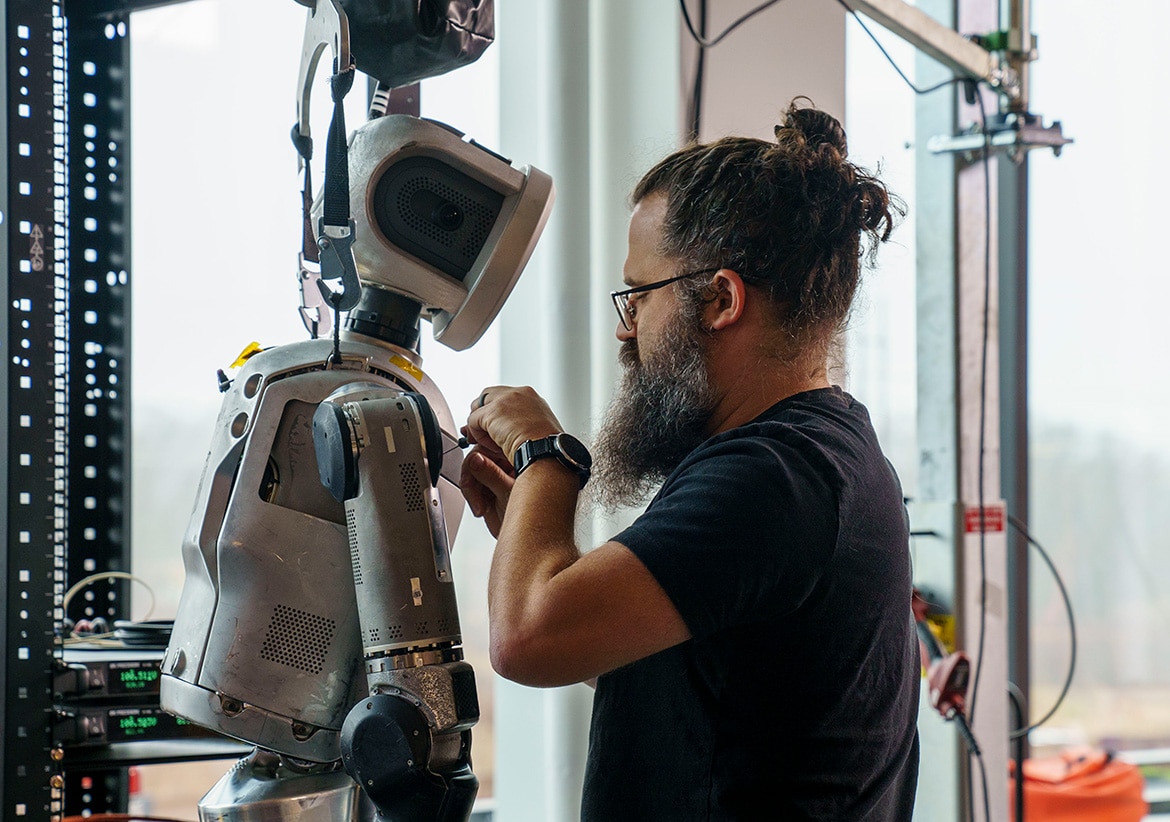
Unitree wants $7 billion for a company that makes robots which can barely walk up stairs without faceplanting. Founded in 2016, they've spent eight years proving that walking robots look cool in demos while remaining commercially useless for anything resembling real work.
The Robot Reality Check Nobody Wants to Hear
Unitree started with four-legged robots that actually worked - because quadruped robots have been solving real problems for decades. Boston Dynamics figured out robot dogs years ago, and even they struggle to find profitable applications beyond military contracts and tech demos.
But humanoid robots? That's pure hype-driven bullshit. The "natural evolution" from dog robots to humanoid robots is like saying motorcycles naturally evolve into flying cars. The physics, control systems, and practical applications are completely different problems.
The Tesla vs Unitree Clown Show
Unitree and Tesla are competing to see whose humanoid robots suck less, which is like arguing about the fastest tortoise. Both companies make impressive demo videos while their robots struggle with basic tasks like opening doors or climbing steps.
At China's World Robot Games, Unitree's robots did some athletic stunts in controlled environments. Cool, but can they unload a truck in January in Minnesota? Can they work a 12-hour shift without maintenance? Can they handle unexpected obstacles like a wet floor or a misplaced pallet?
Unitree's $6,000 price tag sounds cheap until you realize that for the same money, you could hire a human worker for 6 months who won't break down when the wifi goes out or when someone spills coffee on the floor.
The "Strategic Market Positioning" Fairy Tale
Unitree's IPO timing capitalizes on investor stupidity about robotics, not actual demand from companies that need robots. There's no "growing global interest" in humanoid robots for industrial applications because industrial robots that work are already armless, wheeled, and specialized for specific tasks.
The "accessibility and affordability" pitch ignores the real costs: maintenance, programming, insurance, and downtime when these things inevitably break. Small manufacturers don't need $6,000 walking robots - they need $500 conveyor belts and $2,000 robotic arms that actually do useful work.
The China vs US Robot War That Doesn't Matter
While politicians worry about robotics competition, the real competition is in boring shit that works: industrial automation, CNC machines, and logistics robots. Unitree's walking humanoids are about as strategically important as competing to build the world's most advanced unicycle.
Chinese government support means they have unlimited funding to keep building impressive demos that don't solve real problems. Great for trade show footage, terrible for actual manufacturing productivity.
How They Got $7 Billion for Walking Mannequins
Unitree's funding progression from $1.7 billion to $7 billion shows how completely fucking broken venture capital has become. Chinese tech firms and government funds are throwing money at walking robots because it sounds futuristic, not because there's actual demand.
The 4x valuation bump in one funding round isn't "investor confidence" - it's investors afraid of missing the next Tesla while ignoring that Tesla's own humanoid robots are also bullshit tech demos.
"Industrial automation, eldercare, and specialized manufacturing" are real markets, but they're already being served by robots that work. Adding legs and arms to solve problems that don't exist is peak Silicon Valley thinking: make something 10x more complex to solve the same problems worse.
